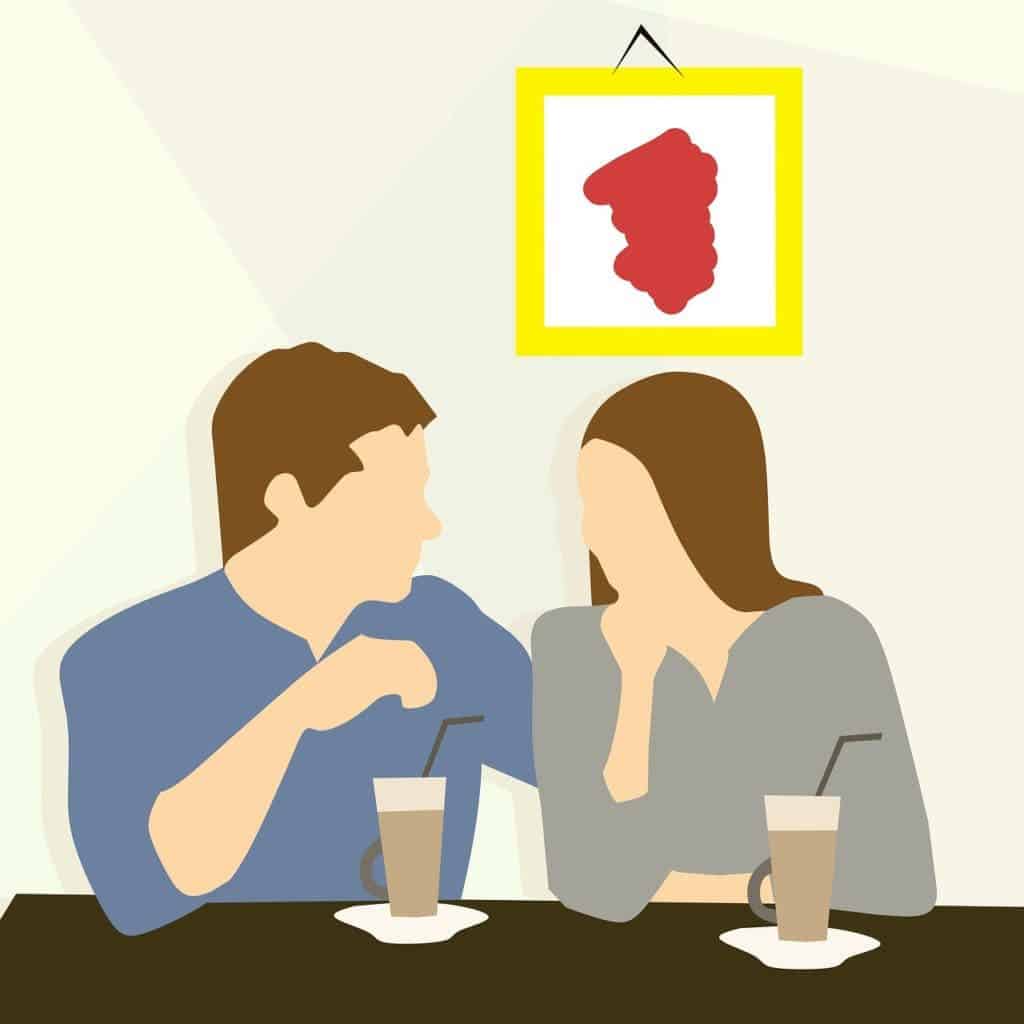
“Beer goggles” refers to the notion that we perceive friends and strangers as more attractive than we normally would after a drink (or two). This isn’t just some urban myth — there’s quite a body of evidence supporting this anecdote. Now, a new study lends more support to the “beer goggles” effect after research found that people who were intoxicated were equally distracted by both attractive and unattractive faces.
You can’t ignore the beer goggles
While there are quite a few studies that have investigated the “beer goggles” effect, many were performed in the lab. In contrast, researchers at Edge Hill University in England carried out their investigation in bars and pubs on the university’s Ormskirk campus.
More than 120 participants — some sober, others intoxicated — were asked to indicate on a computer whether the letter “T” was shown displayed correctly or inverted, while they had to ignore the series of faces that were flashed on the screen at the same time.
The sober students were distracted more by attractive faces. However, those who had a few drinks diverted their attention equally between attractive and unattractive faces.
“Previous research into the beer goggles phenomena yielded inconsistent findings and has been largely limited to asking people directly about how attractive they find others,” said Dr. Rebecca Monk, the lead author of the study. “By using an indirect measure of attention, our research was able to overcome some of these limitations.
“We know that attractive faces can pull attention away from the task at hand, but our research suggests that alcohol has the capacity to lessen this effect; to level the playing field.”
Professor Derek Heim, co-author of the new study published in Psychology of Addictive Behaviors, continued by remarking that the study participants “were only mildly intoxicated, suggesting that it doesn’t take much alcohol at all for people to ‘put on their beer goggles’.”
The ‘beer goggles’ effect is supported by a number of other studies carried out in the past decade. Perhaps the most famous study on the subject was published in 2003 by a team of British researchers in the journal Addiction. The study participants, about 80 heterosexual college students, simply had to rate the attractiveness of pictures of men and women while they had drinks in a bar or restaurant. Both the men and women who had consumed alcohol were more generous with their ratings.
A 2012 study found that the beer goggles effect is amplified when smoking while a 2013 study performed by French researchers found that the more alcohol a person consumed, the more attractive they found themselves. In other words, beauty is in the eye of the beer holder. What’s more, a 2008 study by a research team at Penn State found that the beer goggles effect isn’t restricted to humans. Apparently, male fruit flies that had been exposed to alcohol were less choosy when it came to finding a mate.
Alcohol and romance seem to go well together like a hand in a glove. This may have something to do with how alcohol lowers social inhibitions, enabling people to feel more confident and “make a move”. As to why alcohol might make us feel attracted to people we’d normally find unattractive while sober, one study found that alcohol may make us less able to recognize asymmetrical shapes.
Bearing all of this in mind, perhaps it’s worth trying staying sober for Valentine’s Day to see if your affection for your love interest is truly genuine.









